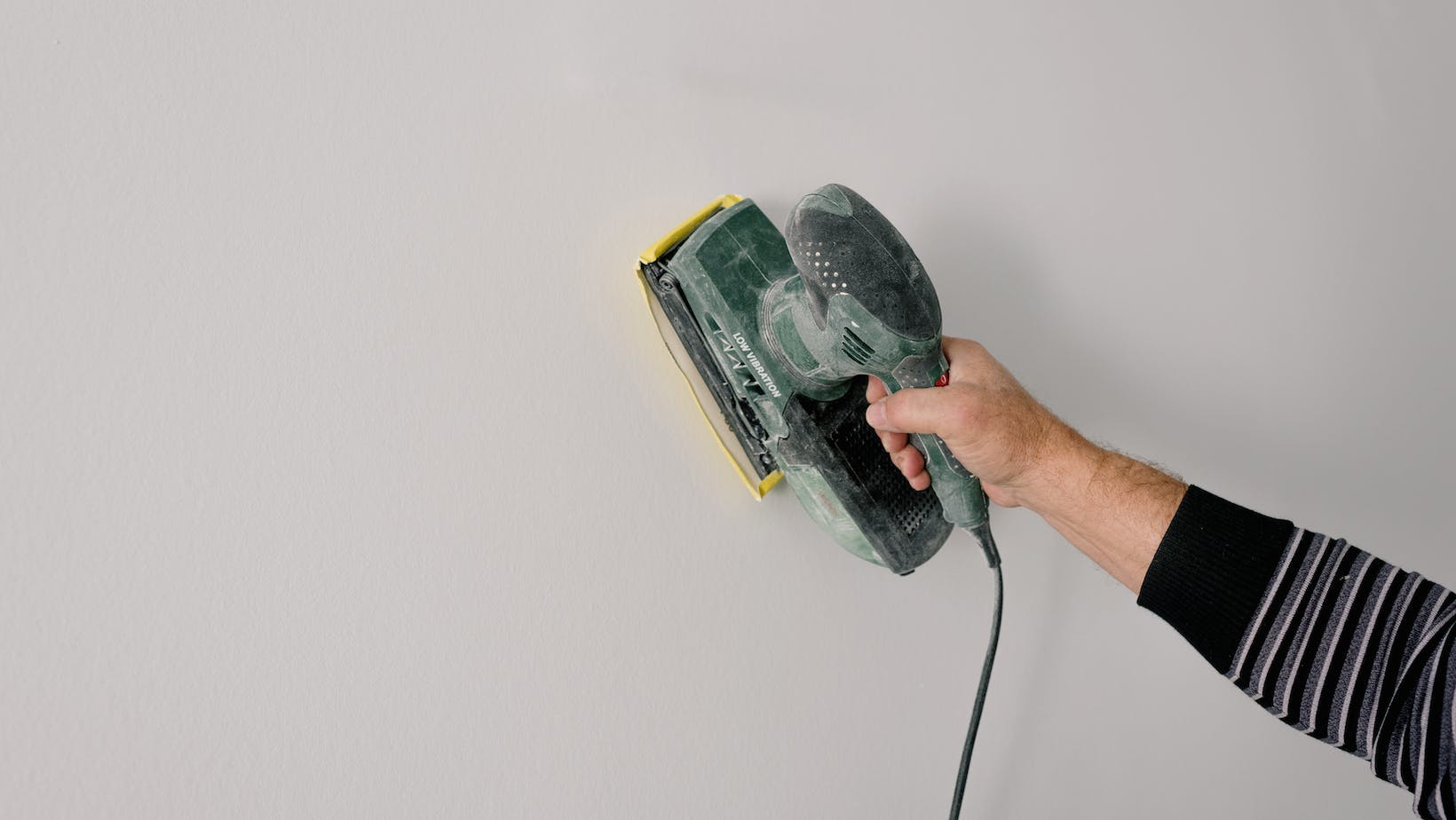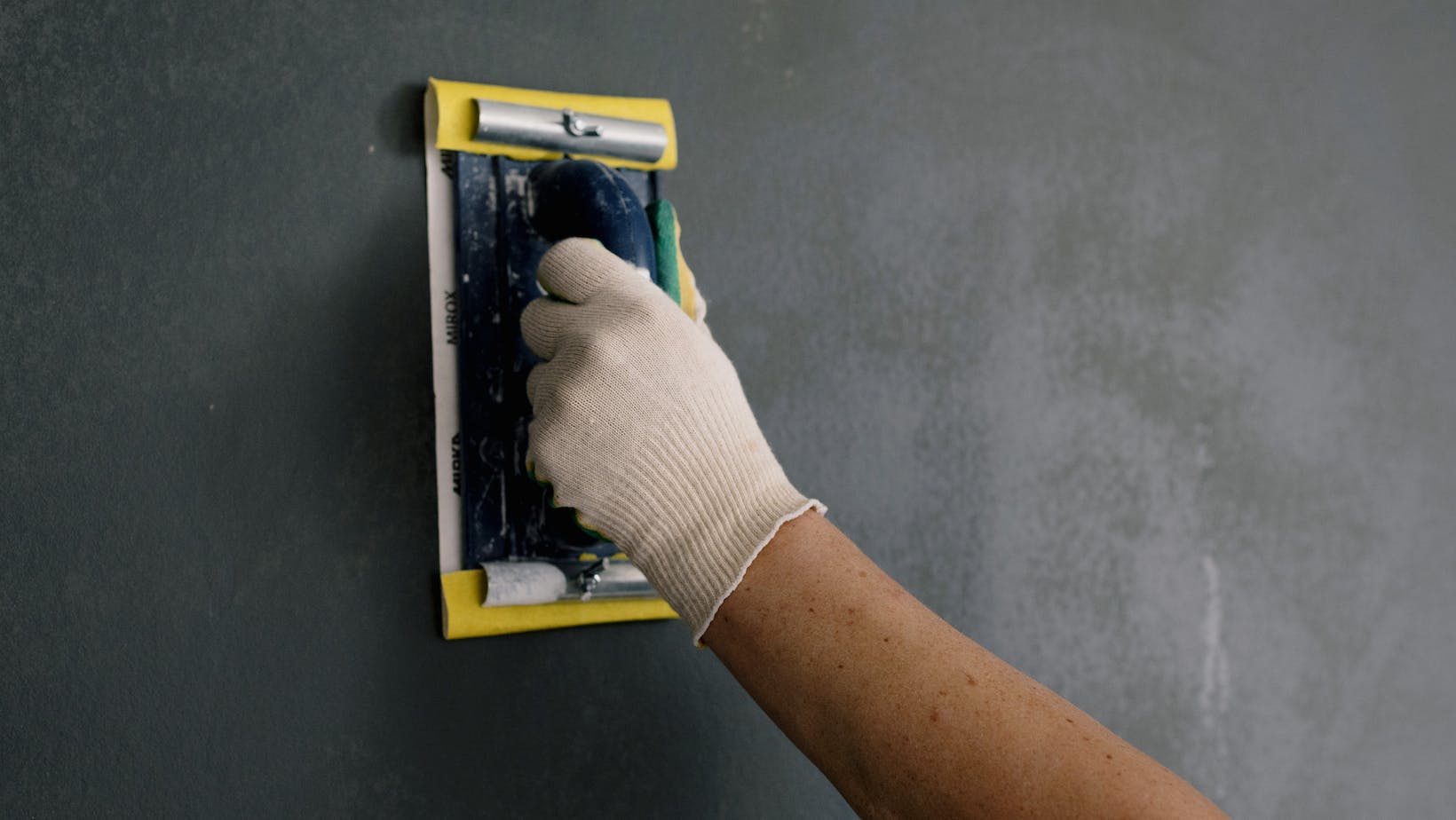What is Spackle? A Comprehensive Guide to Understanding Different Types of Spackle for Wall Repair

So you’ve just finished painting a room and you notice some imperfections on the walls. Maybe there are small cracks, holes, or dents that need to be fixed before you can achieve that perfect, smooth finish. This is where spackle comes in. As a seasoned DIY enthusiast, I can confidently say that spackle is an essential tool in any painter’s arsenal. In this article, I’ll break down what spackle is, how it works, and why it’s a must-have for any home improvement project. So let’s dive in and uncover the secrets of this magical wall repair substance.
What Is Spackle
When it comes to understanding what spackle is, it’s important to take a closer look at its composition. Spackle is a versatile wall filler that is specifically designed for repairing and patching imperfections on walls. It consists of a few key ingredients that give it its unique properties.
- Calcium Carbonate: This compound acts as a filler material, providing the bulk of spackle. It helps to fill in cracks, holes, and dents, creating a smooth and even surface for painting.
- Binder: Spackle contains a binder, typically made of polymers, which holds the filler particles together. This ensures that the spackle adheres well to the wall and remains durable over time.
- Water: Water is an essential component in the composition of spackle. It acts as a medium to create the right consistency for easy application. The addition of water allows the spackle to be spread smoothly and evenly on the wall.
How Spackle Differs from Other Fillers
Spackle is often compared to other wall fillers, such as putty and joint compound. While they all serve a similar purpose, there are some key differences that set spackle apart.
- Texture: Spackle has a smooth and creamy texture, making it easy to apply and manipulate. Its consistency allows for precise filling of cracks and holes, ensuring a seamless finish. In contrast, putty tends to be thicker and more clay-like, while joint compound has a thinner and more spreadable consistency.
- Drying Time: One advantage of spackle is its quick drying time. It typically dries within a few hours, allowing for efficient and timely completion of projects. Putty, on the other hand, may take longer to dry, while joint compound can take up to 24 hours or more to fully dry.
- Application: Spackle is commonly used for small repairs and touch-ups. It is ideal for fixing minor imperfections, such as nail holes or hairline cracks. Putty, with its thicker consistency, is often used for larger repairs, such as filling deeper holes or gaps. Joint compound is typically used for finishing drywall seams and creating a smooth surface for painting.
By understanding the composition of spackle and how it differs from other fillers, you can confidently choose the right product for your wall repair needs. Whether you’re tackling a small touch-up or a larger renovation project, spackle is a reliable choice for achieving a smooth and professional finish.
Different Types of Spackle
Traditional spackle is the most commonly used type of spackle and has been around for many years. It is a versatile product that can be used for a variety of wall repair projects. Traditional spackle is typically made up of a mixture of calcium carbonate, binder, and water. It provides a strong and durable finish, making it ideal for filling larger holes or cracks in walls. When applied, it dries to a hard texture and can be sanded down for a smooth and even surface. Traditional spackle is available in tubs or squeeze tubes, making it easy to apply with a putty knife or your finger.
A Tool for Impressive Results
Now that we have explored the world of spackle, it is clear that this versatile product is a must-have for any DIY enthusiast or professional contractor. We have learned about the different types of spackle, including traditional, lightweight, and all-purpose spackle, each with its own unique qualities and applications.
Traditional spackle proves to be a reliable choice for filling larger holes or cracks in walls, providing a strong and durable finish. On the other hand, lightweight spackle is ideal for minor imperfections like nail holes or small dents, offering a lighter weight solution. And for those seeking a versatile option, all-purpose spackle combines the best of both worlds, making it suitable for various wall repair tasks.
So next time you encounter a wall repair project, remember the power of spackle. With its ease of use and impressive results, it’s no wonder that spackle has become an essential tool in the world of home improvement.




